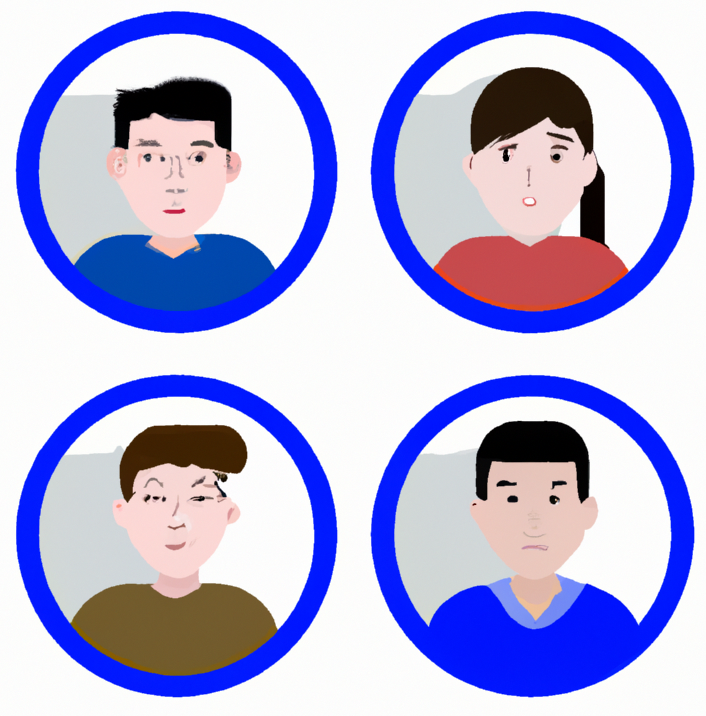There have been some significant announcements made in the past few weeks on both sides of the Atlantic concerning the rates charged by labels and publishers for the use their music by webcasters/online radio stations. The future of citizen webcasting, tens of thousands of stations serving the tastes and needs of hundreds of millions of music fans around the world has recently gotten somewhat clearer. For webcasters, the long, dark period of uncertainty is finally over, isn’t it? The problem might not be solved for a long time.
It’s been effectively argued for many years that the economics around webcasting don’t work. In traditional terrestrial broadcasting, scale means success. In webcasting, achieving huge numbers potentially leads to a webcaster’s demise. Simply put, it works like this: For every listener a terrestrial station acquires, its average operating costs per listener goes down incrementally. For every listener a webcasted station adds, the costs go up incrementally, this is not a sustainable model.
When I was at EMI, I was asked to give a webcasting economics presentation to the management board. After a 30-minute overview of the numbers, a senior EMI exec remarked, “I don’t understand, how can they make any money?” And, therein lies the problem. Is the webcasting financial model fatally broken or does it just need a tune-up? I believe it can be fixed if everyone just plays a little nicer in the sandbox.
Six weeks ago, the UK announced new rates, the Guardian announcing, “Royalty collector PRS For Music has bowed to websites’ pleas for smaller charges, more than halving its on-demand streaming music rate from £0.0022 to £0.00085 per track, effective July 1 and lasting for three years.”
This was hailed as a break-through by the digital establishment, however others saw it differently. Paul Sanders, co-founder of PlayLouder, the innovative music-centric UK ISP observed, “For clarity you still need to get a license for the sound recordings – which PRS can’t give you. And for lack of clarity no-one seems to know which catalogues PRS can license and in which territories.” Michael Robertson, currently embroiled in an intense legal battle with EMI, was very pessimistic, “There’s no economic viability for webcasting as the industry stands today.” Dave Touve, a U.S. economist commented, “even these rates put up a hurdle that a number of firms can’t cross.”
Now, it’s gotten even more complicated, with EMI Publishing UK announcing that they were not going to accept the new PRS rate structure, but were going to withdraw their webcasting mechanical rights from PRS and administer them directly at the old rate. This is not a smart decision! EMI Publishing has taken a giant step backwards, they need to reconsider their position, get back on board and move forward.
Stateside, It was announced yesterday that an agreement had been reached between the U.S. webcaster community and SoundExchange. The agreement, under the Webcaster Settlement Act of 2009, gives “pureplay” webcasters the option of electing an alternative set of rates and terms to those issued by the Copyright Royalty Board (CRB) in 2007. The experimental formula includes revenue sharing for most services, and more robust reporting requirements, in exchange for a discount on per stream rates. Pureplay webcasters that elect these new terms will agree to pay artists and rights owners (through SoundExchange) a minimum percentage of all their U.S. revenues of up to 25 percent, and to pay a more significant annual minimum royalty.
In the press release John Simson, executive director of SoundExhange said, “Time will tell if revenue sharing is the right move for both the recording community and webcasters…but we’re willing to take the risk in the hope that artists, rights holders and webcasters can all benefit.” “This is definitely the agreement that we’ve been waiting for,” Tim Westergren, the founder of Pandora, one of the most popular Internet radio sites, told the New York Times.
So, is it fixed? Not by a long shot!
Michael Robertson puts it like this: “You cannot generate enough ad money to pay the required music royalties. It’s simple math. Take out a calculator. Multiple number of song plays times 0.2 – 1cent per song play (which is what online companies have to pay in royalties). Lets say a user listens to 10 songs. This means 2-10 cents per session in royalties. Now lets say you sell ads for $3 CPM (cost per thousand). That means you will need to show 7-45 ads JUST to cover the licensing rates for that session!”
It still doesn’t work.
We need sustainable business models for digital music ventures to flourish, and for fans to have unfettered access to services that want to compensate rights holders, artists and songwriters. The number of multi-million dollar/pound/euro advance checks are going to dwindle. There aren’t many more like Nokia, Virgin Media, or Spotify waiting in the wings to “write the big one.”
As David Eun of Google said at Midemnet in January, it’s not about vendor relationships anymore, it’s about mutually beneficial partnerships, based on common goals with complete transparency.
Now is the time to move forward, let go of past economics, allow digital music services to flourish, and I assure you the revenues will follow.
TC



